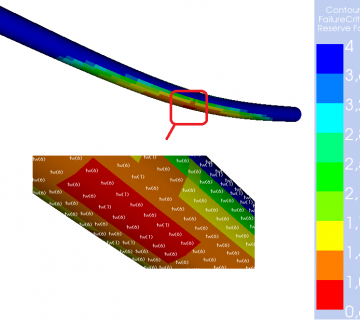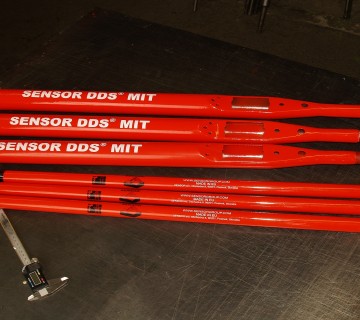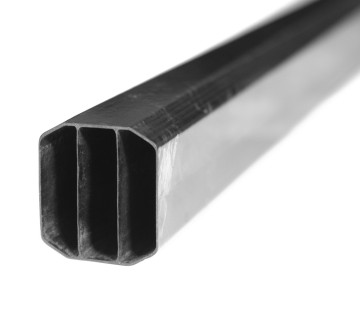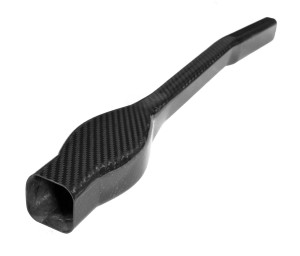Strenght Assessment and optimization of carbon tubes
In the manufacture of the tubes there is very important factor to prepare the model for calculation, which is used as a comparison with a real product, which is measured and tested. Our goal is stiffer and more functional tube.
The second step leads to analyze and modify the layers of the tube, made from fibers, so this leads to improve the critical properties of the tubes. The aim of the modifications is not necessarily to reduce the weight of the tube itself, but rather to find out the possibilities and find the optimal composition of the individual layers and layers of materials in order to achieve savings in materials, improve the strength and rigidity and reduce the price of the final product.
Therefore, in order to ensure the desired quality characteristics of the product, our products are stressed to a variety of the tests: Bend, Stiffness, External pressure withstand, Twisting





